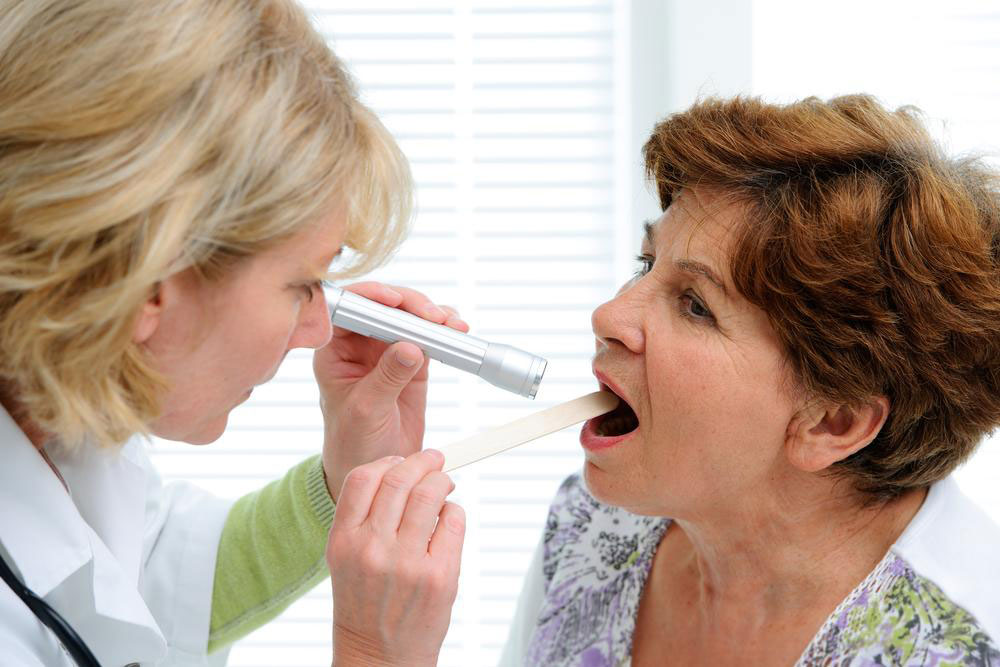Comprehensive Guide to Recognizing Symptoms of Oral HPV-Related Cancer
This comprehensive guide provides detailed information on recognizing symptoms of oral HPV-related cancer, emphasizing the importance of early detection for better treatment outcomes. It covers signs such as mouth warts, persistent ulcers, color changes, and swelling, highlighting the need for timely medical consultation to prevent serious health consequences.

Comprehensive Guide to Recognizing Symptoms of Oral HPV-Related Cancer
Human papillomavirus (HPV) is a common sexually transmitted infection that affects people of all ages and backgrounds. It is one of the most widespread infections globally, with over 100 identified types and approximately 40 subtypes that specifically target genital and oral regions. The virus is primarily transmitted through skin-to-skin contact during sexual activities, especially oral sex, making oral HPV an increasingly significant health concern. While most HPV infections resolve on their own without causing symptoms, persistent infections with high-risk HPV strains can lead to serious health conditions, including cancers of the mouth and throat.
Understanding the symptoms associated with oral HPV-related cancers is crucial for early diagnosis and effective treatment. Often, early signs are subtle, asymptomatic, or easily mistaken for benign conditions, which can delay diagnosis and reduce the chances of successful treatment outcomes. This comprehensive guide aims to educate about the symptoms, diagnostic considerations, and the importance of regular medical check-ups for early detection of oral HPV-related cancers.
Human papillomavirus can infect the oral cavity, including the lining of the mouth, the tongue, tonsils, and the pharyngeal walls. When the infection persists and progresses to malignancy, symptoms tend to become more evident, often involving these specific areas. Recognizing the early signs of oral HPV-related cancer can significantly improve prognosis and enable timely medical intervention.
Early detection is essential in managing oral HPV-related cancers. Because symptoms can be subtle or completely absent during initial stages, maintaining awareness about potential warning signs is vital. Patients should be vigilant for the appearance of mouth or throat warts, which may appear as small bumps or growths and are often painless but can cause discomfort.
More advanced symptoms include persistent mouth ulcers that do not heal within 2 to 3 weeks, which can be mistaken for benign sores but may indicate malignancy. Noticeable changes in the coloration of the tongue or oral mucosa, such as redness, white patches, or even black patches, are significant indicators and warrant prompt medical evaluation. Swelling of the tonsils, especially if asymmetrical, can cause swallowing difficulties and may be linked to tumor growth.
Other symptoms include swelling or lumps in the mouth, pain or discomfort during swallowing or chewing, persistent sore throat, and numbness or a sensation of fullness in the mouth. Coughing and persistent sore throat that do not respond to usual treatments should also be evaluated by healthcare professionals. Recognizing and acting upon these symptoms early can greatly improve treatment options and outcomes, emphasizing the importance of routine dental visits and oral health screenings.





